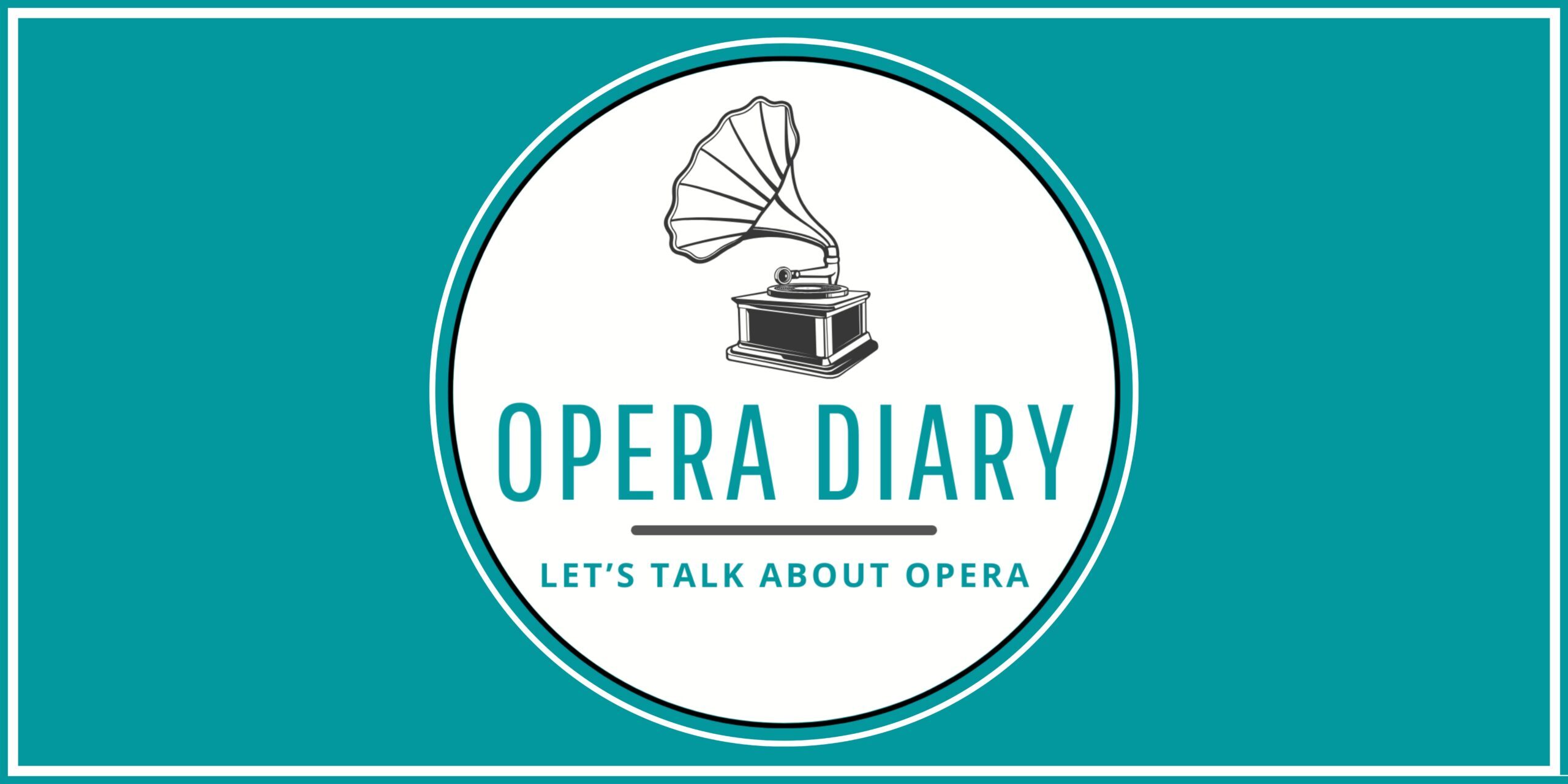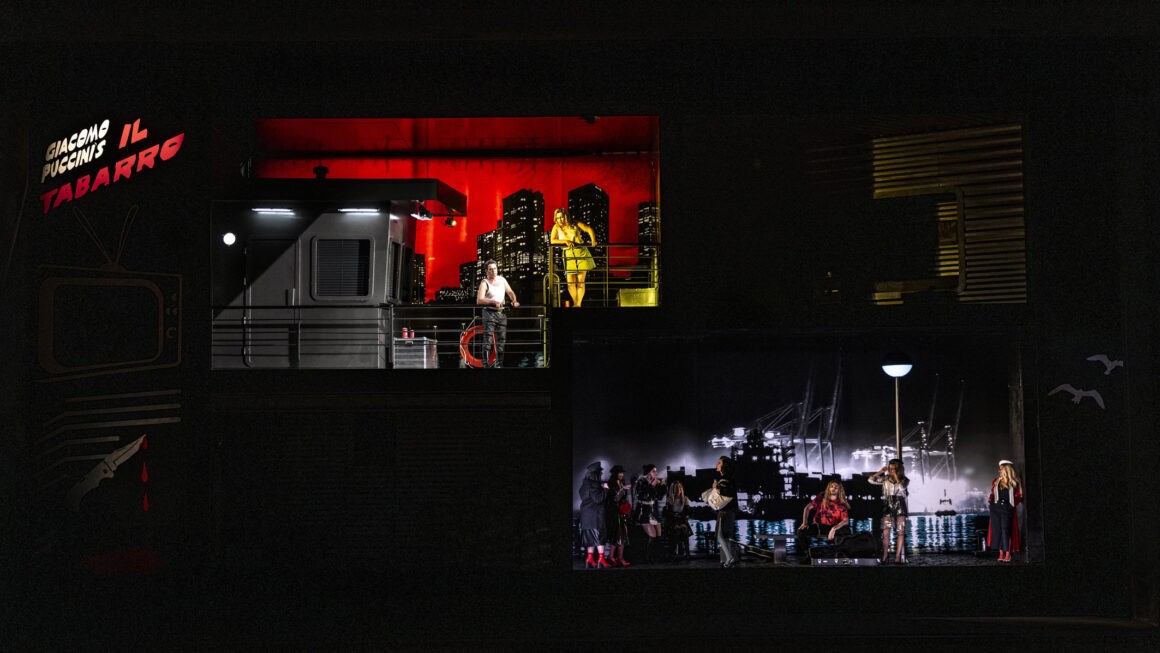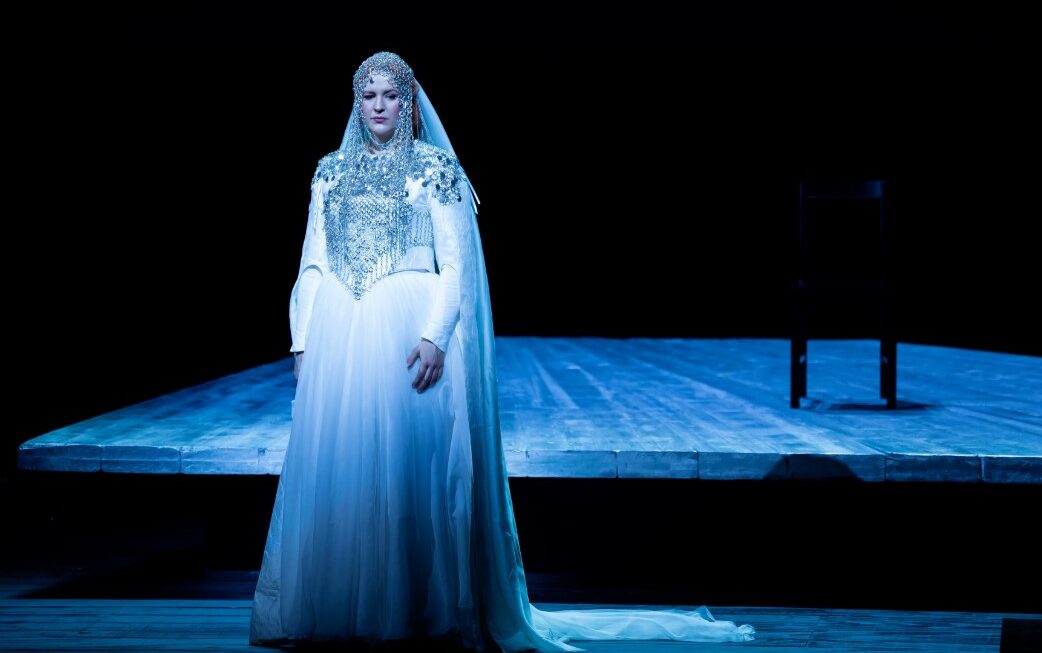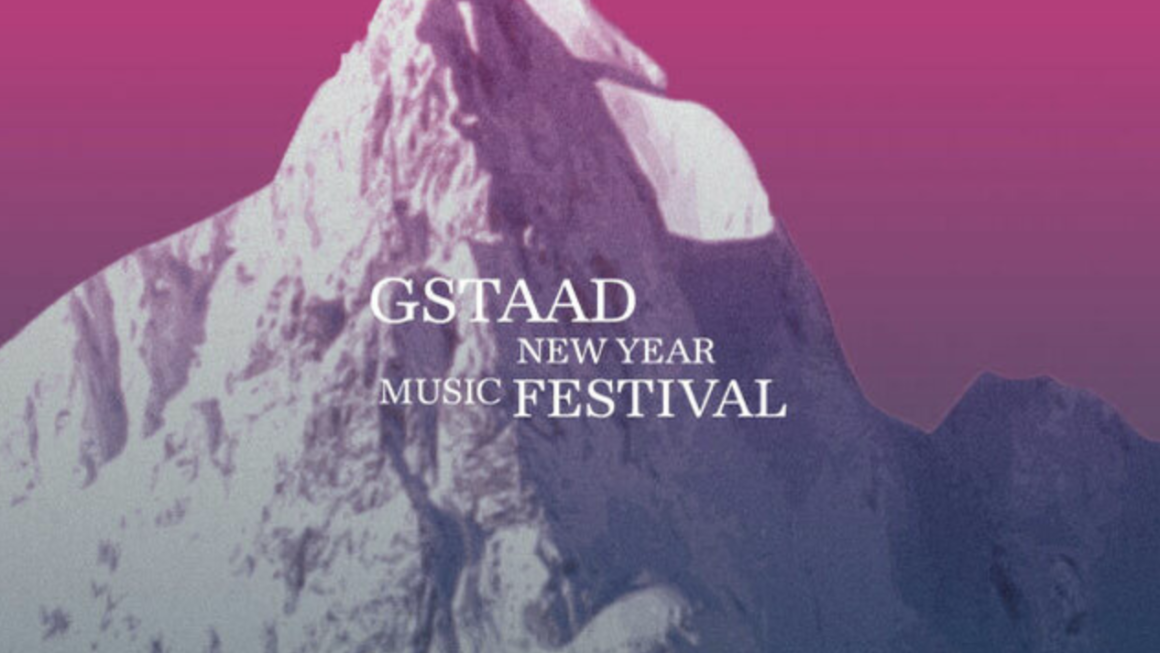The Teatro Regio in Turino is the Puccini theater par excellence, where the world premieres of Manon Lescaut (1 February 1893) and Bohème (1 February 1896) took place. At the end of a highly successful season, which saw the theater receiving the Abbiati award for the Italian best production of 2023 (Halevy’s Juive), the Regio stages Il Trittico, Puccini’s penultimate and perhaps most ambitious work. The opera is made up of three one-act plays, without an apparent connection, Il Tabarro, a realist drama set on a boat on the Seine in Paris at the beginning of the twentieth century, Suor Angelica, with a sentimental character, which takes place in a monastery at the end of the seventeenth century and Gianni Schicchi, comic opera set in Dante’s Florence. The three operas, despite Puccini’s intentions, are rarely performed together, also because they require a huge production effort and a large number of very high-calibre performers. The Regio has
proposed, in this occasion, an intriguing staging by the German director Tobias Kratzer, born on the scenes of the Monnaie theater in Brussels, who reinterprets the three works in a modern key, enhancing the differences and at the same time creating references and connections among the three plays.

The action of Tabarro takes place in the port area of a modern industrial city with the scene divided into
four parts which allows the spectator to follow the unfolding of the action between the inside of the boat,
the outside and the warehouse where Michele kills Luigi, the lover of his young wife Giorgetta, and wraps
the corpse in his cloak (in italian Tabarro). In Suor Angelica the scene is stripped and almost empty, and the nuns act under a large black and white video, which shows us the dramas, privations and unfulfilled desires of the nuns; of great visual and emotional impact is the arrival of the cruel princess aunt, in high fashion clothes, and the final suicide of Sister Angelica, after learning of the death of the child, the fruit of sin that had been torn from her womb. The last panel of the Trittico, Gianni Schicchi, is set in a sort of reality show, with the grotesque characters interacting with the audience lined up on the stage of the television studio and amusing themselves in a Jacuzzi, while Gianni Schicchi plots his prank and takes possession of Buoso Donati’s entire inheritance.
Like Damiano Micheletto in a very successful staging, Kratzer also manages to build a bond and a common thread between the three profoundly different works. So on the television screen that stands on the Michele boat, a sitcom appears that resumes the mocking events of Gianni Schicchi. Sister Angelica’s nuns secretly from the Abbess, read a graphic novel whose theme is the passionate love between Giorgetta and Luigi from Tabarro; while Buoso Donati in the Schicchi listens to an LP with the music of the finale of the just finished Suor Angelica, and hides the papers of his will in the album cover. The artifice succeeds, creating moments of great effect without altering the original dramaturgy.
The musical part was entrusted to the expert baton of Pinchas Steinberg, who offers a musical reading of
the highest level, with tempos that are sometimes excessively dilated, but which allow to light up the
chromatic play, the succession of different timbres and refined dynamics and above all the twentieth-
century innovative aspects of the score; it is worth to remember that tug sirens and car horns are inserted in the Tabarro partitura.
The most musically and scenically successful panel is the Suor Angelica, the fulcrum of the entire opera, an hour of pure, shocking and moving theatre, also thanks to the almost perfect singing company deployed, at the end of which the audience exploded in great liberating applause.
Less successful is Tabarro, lacking drama, and above all Gianni Schicchi, in which too many scenic jokes and too relaxed tempos fail to fully convey the noir of the Comedy, which, by the way, was the only opera staged by Woody Allen.
It is impossible to remember the entire singing company deployed in the three operas, of the highest level in the first parts and in the many supporting roles. The best singer on the stage is the baritone Roberto Frontali, Michele of great dramatic power, formidable stage presence and also Gianni Schicchi, chiseled in the best Italian tradition, with powerful high notes and adequate voice changes. Soprano Elena Stikhina lends her beautiful stage figure and her luminous timbre of lyric soprano to the anxieties of Giorgetta, a role she was making her debut. It should be noted that it was not a total success due to a certain extraneousness to Puccini’s “canto di conversazione”, of which Renata Scotto, the supreme interpreter of the role, was the queen. On the contrary, in Suor Angelica the Russian singer achieves absolute results, placing herself as the current reference interpreter of the role, also supported by Steinberg’s extraordinary musical reading. The stage and vocal identification is complete; in “senza mamma”, perhaps the most moving Puccini’s aria, she succeeds in finding a vocal color that fully conveys the great pain of this young woman; and in the finale Stikhina easily manages the very difficult acuti and sopracuti of the score. Anna Maria Chiuri’s Aunt Principessa is exceptional, for the vocal color and accent of every single word of the cruelest character in all of Puccini’s theatre. Lucrezia Drei, like Lauretta, sings the most famous aria of the opera “o mio babbino caro” very well. Honorable mention goes to Elena Zilio, who at age of 83, sings Zita, one of her most iconic roles, in great vocal and scenic form.
Great and deserved success from the enthusiastic audience, for a performance lasting over four hours.




